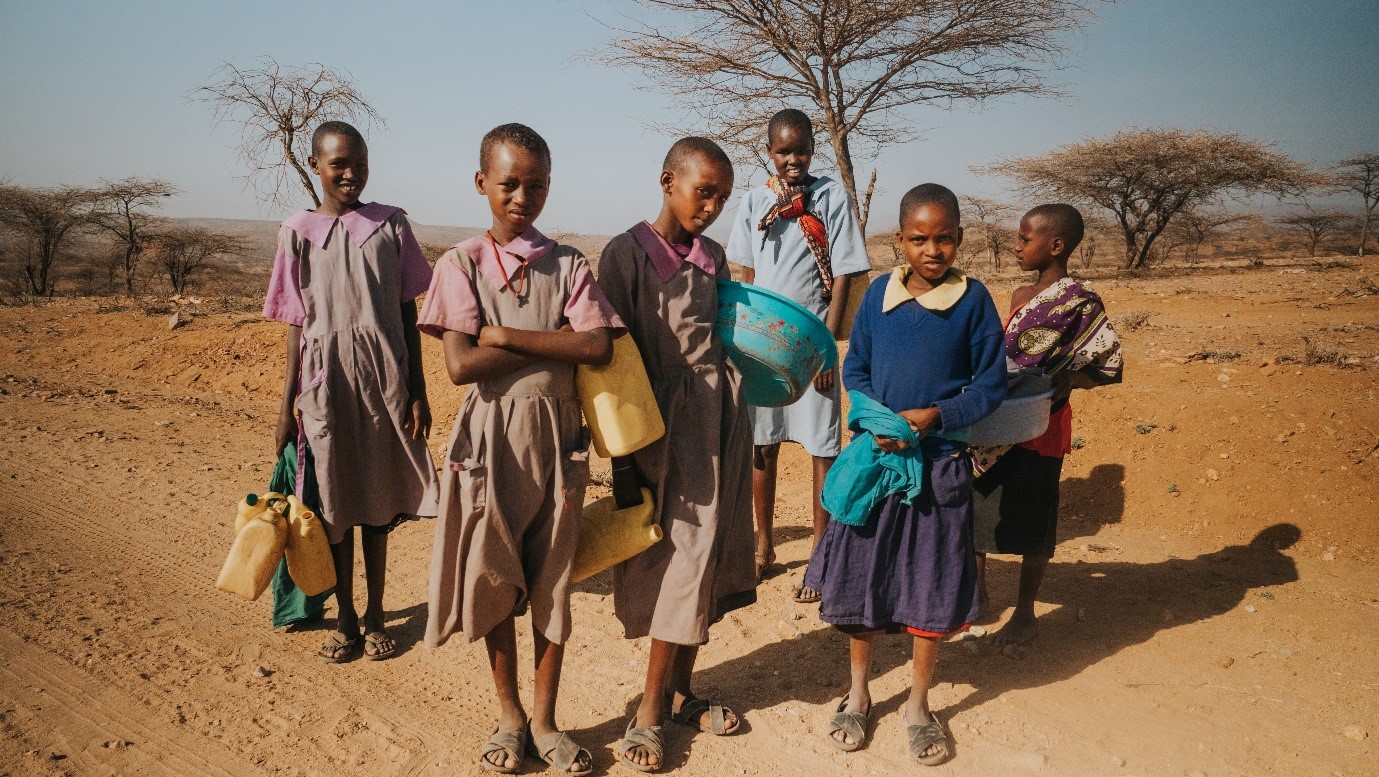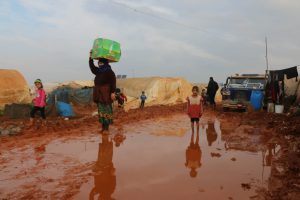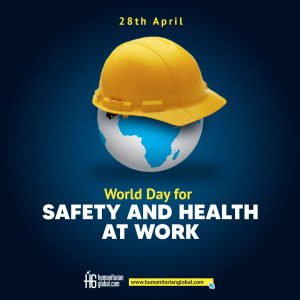The Federal Government of Somalia as well as the humanitarian community are shocked by the rapidly exacerbating drought in Somalia. Projections in climate depict that a fourth consecutive season of failed rainfall in Somalia is inevitable and there is a risk of a possible extreme situation by April 2022. In 57 out of 74 districts, about 2.3 million people, (nearly 20% of the population in the affected districts) face serious shortages of food, water, and pasture, as boreholes and water pans have dried up.
The lack of access to water that is safe and potable as well as facilities for hygiene and sanitation has further increased the risk of water-borne diseases. Almost 100,000 people especially in the central and southern areas have been forced to abandon their homes in search of water, food, and pasture for their livestock, thus exposing their families to the conflict dangers over the diminishing resources. According to Ms. Khadija Diriye, Federal Minister of Humanitarian Affairs and Disaster Management, the situation is dire and families may starve to death in the months to come since they are losing their livestock, which is a key source of livelihood in Somalia. She is particularly concerned about women, children, disabled, and elderly people who continue to suffer the burden of Somalia’s humanitarian crisis.
The worsening situation has brought about vulnerabilities at a time when there is a forecasted rise of 30% in the number of people in need of protection and assistance in Somalia from 5.9 million to around 7.7 million in 2022. Moreover, 71% of all Somalis are currently living below the poverty line, especially in areas with challenges in humanitarian access. Mr. Adam Abdelmoula, UN Deputy Special Representative of the Secretary-General, Resident and Humanitarian Coordinator for Somalia says that a severe storm is brewing in Somalia and immediate action must be taken to prevent a recurrence in the crippling kind of famine and drought conditions in the previous years since the affected people have already persevered decades of conflict, disease outbreaks, and climatic shocks.
Somalia is currently leading in climate change and has had more than 30 climate-related hazards, including 19 floods and 12 droughts since 1990. The severity and frequency of climate-related hazards is rising and despite the urgency, the funding for Somalian humanitarian operations remains low. With only one month remaining to the end of the year, the 2021 Somalia Humanitarian Response Plan is 66% funded. Critical sectors like water, sanitation, and hygiene are only 20% funded at a time when access to water across the Horn of Africa region is a major challenge.
Authorities, humanitarian partners, and local communities are scaling up responses and reorganizing their activities to deal with critical emerging needs. The UN Central Emergency Response Fund is assigning US$8 million for the response to drought and the Somalia Humanitarian Fund is reserving an allocation of $6 million. UN Office for the Coordination of Humanitarian Affairs thanks its donors for their kind contributions to date, but there is an urgent need for a critical ramp-up in humanitarian operations to support early action to alleviate the brunt of the worsening drought. For more updates on this and more, subscribe to our newsletter.







